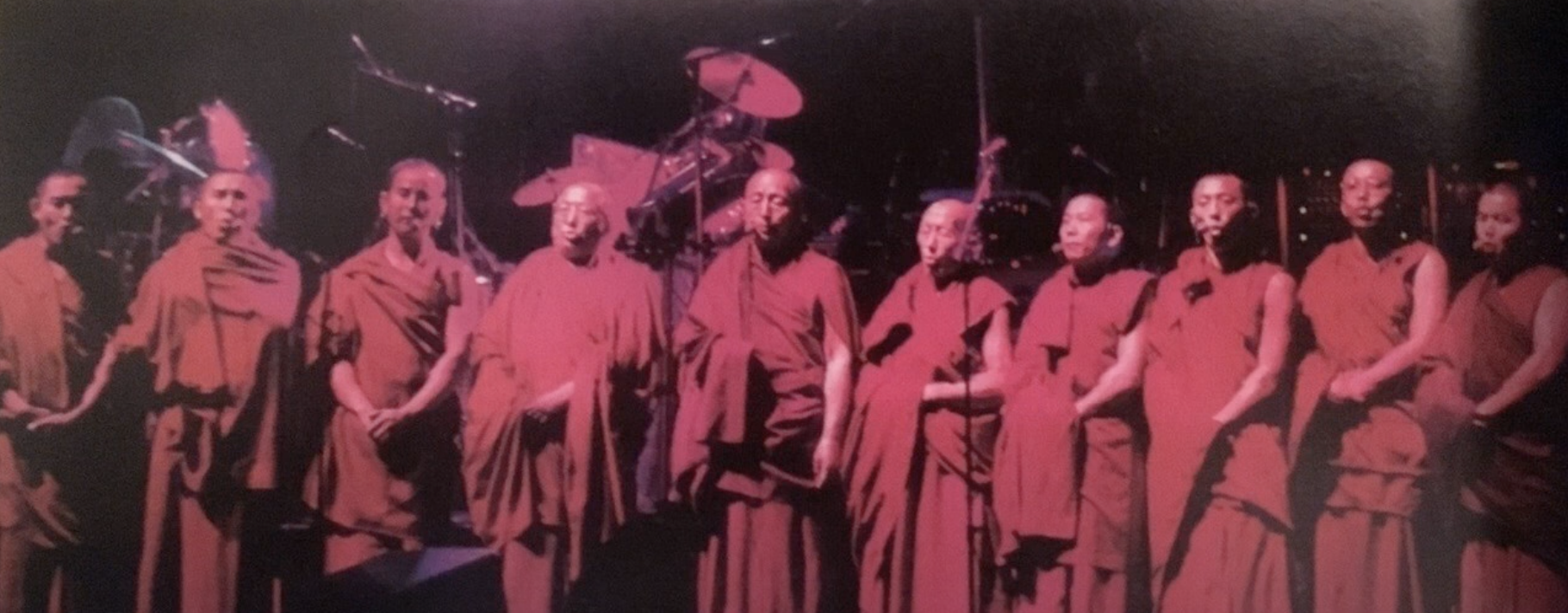Six Dharma Tunes
It is not a revelation to say that we filter the lyrics of our favorite songs through the lens of our own experience and worldview. Indeed, we are biased to bend the meaning of poems, stories, and songs to fit our preconceived views of the world. That means that for me, the Dharma filter has been on for close to 30 years now. Of course, I have no idea most of the time what a songwriter meant by a particular turn of a phrase, let alone the author’s beliefs and worldview. Perhaps the line that holds so much significance was just a word or phrase that “fit” that nook of the tune. Who knows? However, I enjoy looking for Buddhist wisdom in songs as I find it is an enjoyable part of my practice, looking for wisdom in the world, and my mind. Here are several tunes that, at least to me, can be interpreted as Dharma in song.
Pearl Jam is hit or miss for me, but this song I love. I suppose the traditional viewpoint on this tune is that Eddie Vedder is singing about a junkie trying to get his fix. The way I hear it, Vedder’s friend is the Dharma. For instance, the lyrics' opening salvo is “Do you want to hear something sad? We are but victims of desire.” Later, “it won’t be long before we all walk off the wire.” Indeed, the song itself is a short burst of energy and is over before you know it. Just like life.
There is likely no song that is as blunt as this by Zevon about sickness and death.The title says it all and the lyrics drive the salient point home repeatedly: We are all going to die…and it may not be pretty (or timely, or convenient). It is a coarse reminder that our time is limited and that no matter your station in life, death is coming for you.
Snow Patrol is not a band I know well or listen to all that much. However, I love this 2018 track and it captures the raw immediacy of being alive. For me, the refrain, “This is life on earth, it’s just life on earth,” lands like a mantra of acceptance. The song doesn’t deny the difficulty—“it shouldn’t need to be so fucking hard”—but it also resists turning life’s struggles into final defeat. That balance between acknowledging suffering and refusing to be defined by it is central to the Dharma (which is why Buddhism is sometimes called The Middle Way). For me, the song becomes a reminder that life, in all its beauty and brokenness, is exactly what we have to work with on the path.
Christianity has redemption, and Buddhism has impermanence. This song can be interpreted either way. I was introduced to this tune by Widespread Panic (I caught their first performance of it at the Warfield in SF in 1995) and see it as a hopeful reminder about how everything changes. An acorn becomes an oak tree, and a dusty clump of coal can become an exquisite diamond. In the midst of our struggles, this is a reminder that comes in handy.
Jethro Tull was the segue from my heavy metal fandom to becoming a Deadhead. Ian Anderson’s lyrics here read like a meditation on impermanence. We are all “skating away on the thin ice of the new day,” moving forward on uncertain terrain, never sure when the ice might crack beneath us. The song also points to compassion and release. Anderson sings “make your peace with everyone;” as if to say, don’t waste the fragile, ephemeral moment with petty grudges. And in lines about “spinning in your emptiness” and the world-as-stage, the lyrics edge into Buddhist territory: life as performance, self as illusion, all of it temporary. To me, it’s Tull’s most Dharma-soaked tune, whether Ian Anderson meant it that way or not.
If there’s a song that feels like it could slip into the Pali Canon without anyone blinking, it’s this one. On the surface, it’s a gentle Jerry ballad, but beneath the melody runs a deep current of Dharma. The lines “There is a road, no simple highway / between the dawn and the dark of night” echo the Buddha’s teaching that the path is real, but not easy. And when Garcia sings, “If I knew the way, I would take you home,” it lands right at the heart of Buddhist practice: no one can walk the path for you. You’ve got to do the heavy lifting, not some savior figure. The teacher can point, the song can hint, but the steps must be your own. NOTE: The photo below is of the (Tibetan) Gyuto Monks performing with the Grateful Dead on June 2, 1995 at Shoreline, which happened to be my second to last Grateful Dead show.
